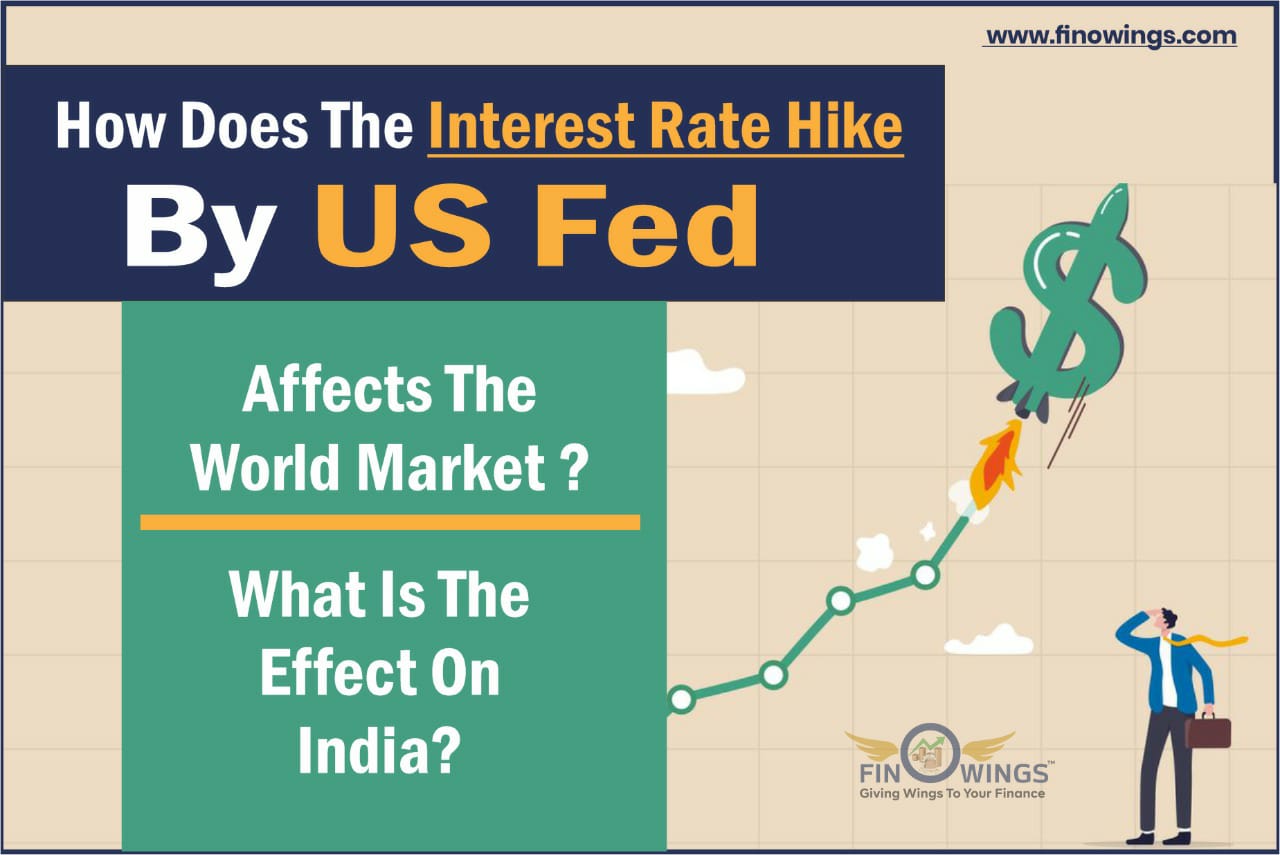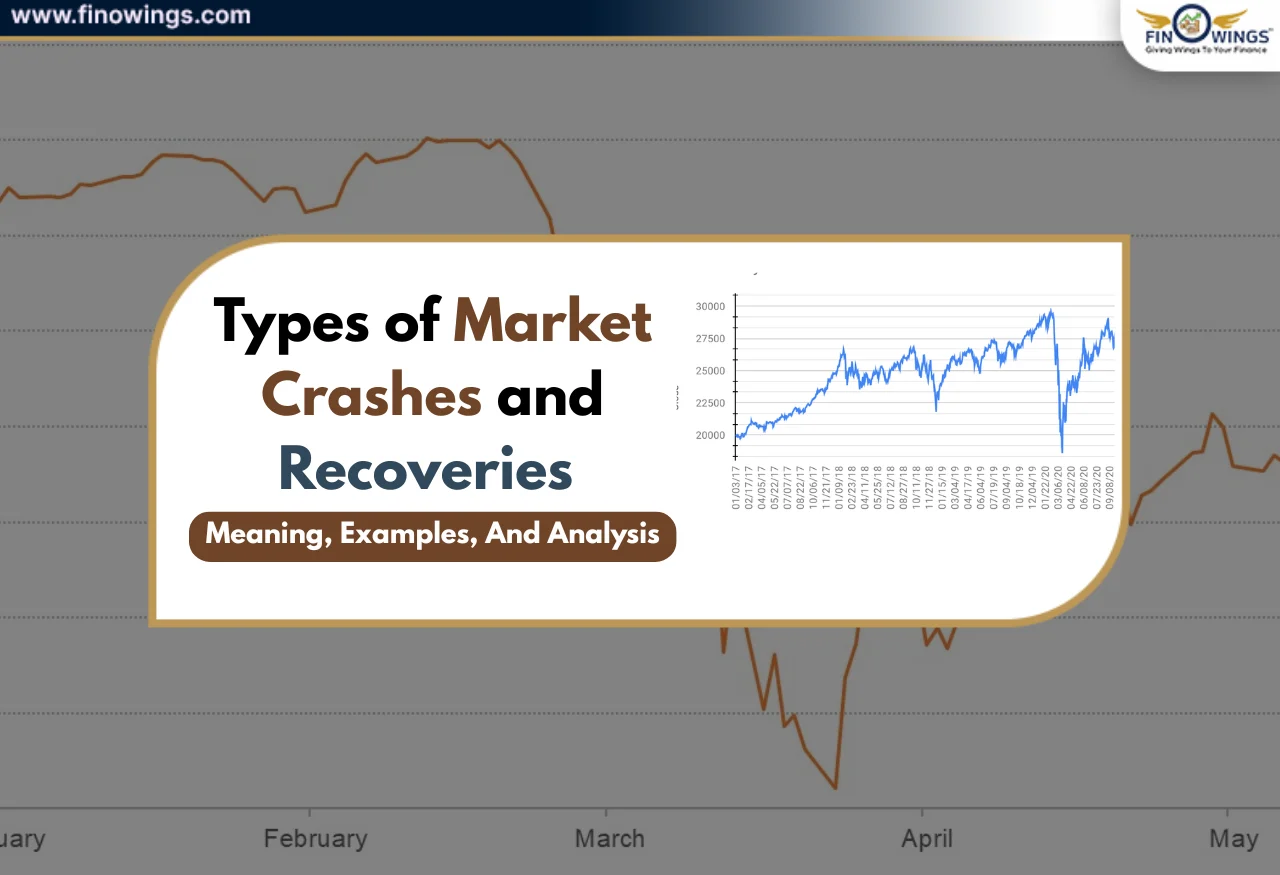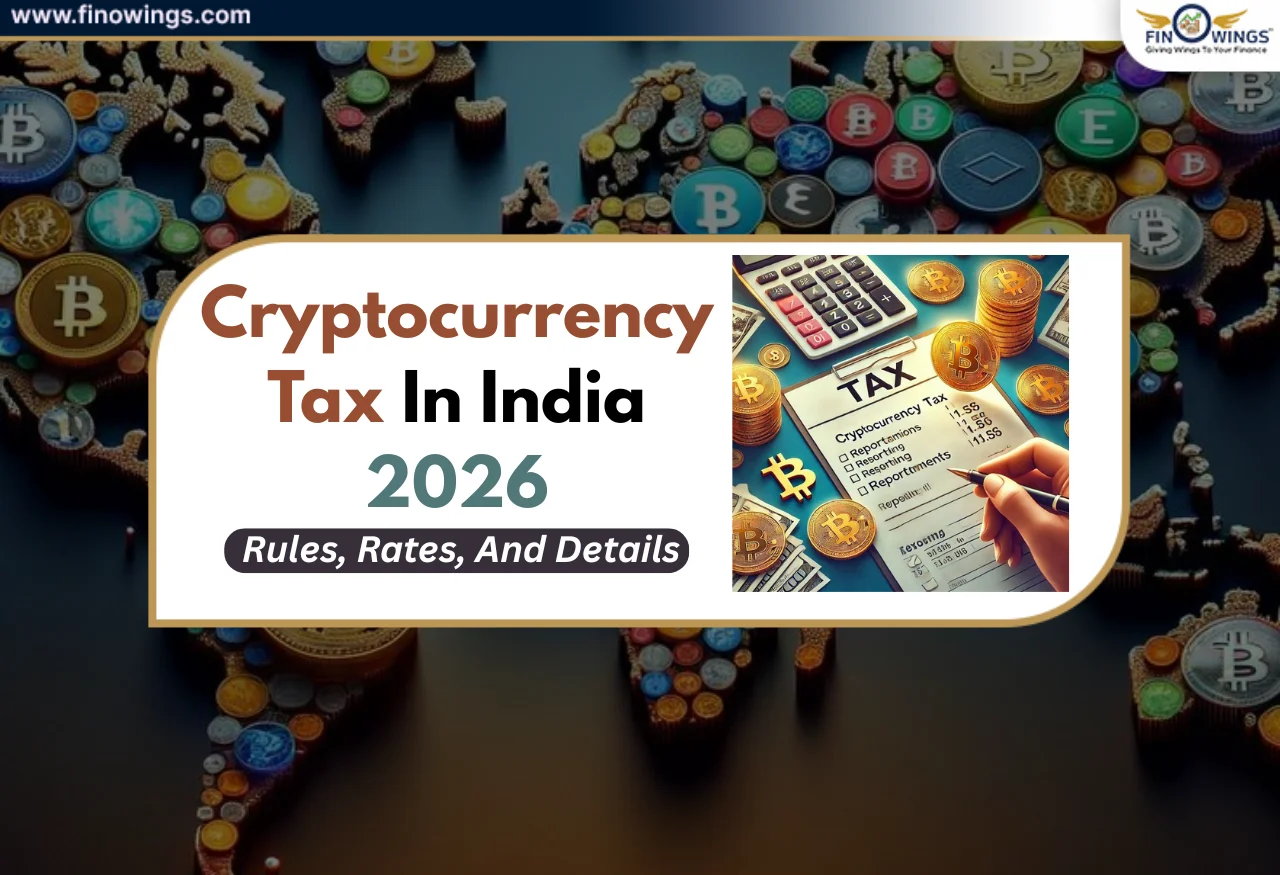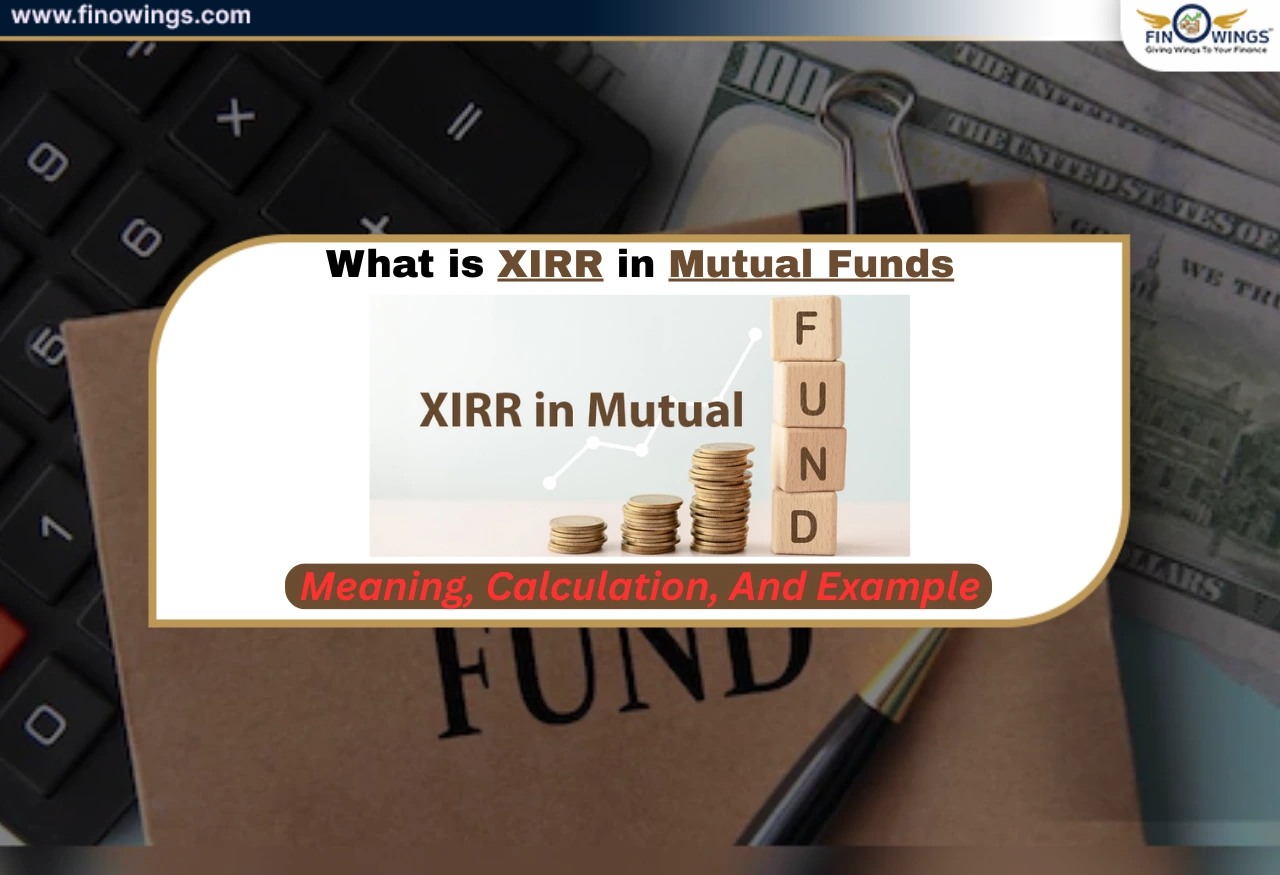Home >> Blog >> How does the interest rate hike by US Fed affects the world market? What is the effect on India?
How does the interest rate hike by US Fed affects the world market? What is the effect on India?

Table of Contents
- How does the interest rate hike by US Fed affects the world market? What is the effect on India?
- 1. The US Fed raised interest rates for what reason?
- 2. What is the impact on India?
- 3. How may the US Fed rate hike affect the rupee and capital flow into India?
- 4. What does the impending policy review by the RBI indicate by the US Fed's rate hike?
- 5. Given the tightening of global liquidity, cross-border investment flows will also be constrained.
- 6. But there won't be much of an impact on Indian stock markets.
- 7. Five ways the change will affect the Indian economy
- Conclusion
How does the interest rate hike by US Fed affects the world market? What is the effect on India?
The global financial environment will continue to be tight in the upcoming months as a consequence of the US Federal Reserve's 75 basis point increase in interest rates for the second consecutive month. This could lead to a flight of funds out of developing markets, including India. The rupee will remain volatile as a result in the foreseeable future.
Because of the greater price of imported products and services, an appreciating rupee will also increase inflation.
1. The US Fed raised interest rates for what reason?
Due to intense inflationary pressure, economies worldwide are experiencing a recession. The Fed, the US's central bank, is stepping up its efforts to battle this by raising interest rates, a move that hasn't been made since the 1990s and which will decrease the flow of money into the economy.
"Consumers can borrow more money (there is more affordable debt available) to invest in new assets and boost their spending on goods and services in an economy where interest rates are lower. As a result, there is more funding available for use in the economy as a whole. As an outcome, need exceeds availability. Due to this demand-supply imbalance, prices for products and services rise, which is commonly referred to as "inflation," "describes Chaitali Dutta, a specialist in personal finance.
To counteract this, the central bank raises interest rates, which decreases the amount of money available in the economy and, as a consequence, lowers the cost of products and services. In the end, this stops inflation.
Whenever the Federal Reserve increases the rate, credit becomes more expensive throughout the economy. Everybody ends up paying more in interest since higher interest rates make loans more expensive for both firms and customers. Thus, enterprises can decide to postpone their intentions for capacity development.
2. What is the impact on India?
The gap between the interest rates in the US and India gets less when the Federal Reserve increases its policy rates. As a result, rising nations like India are less desirable for currency carry trade. Additionally, because India is susceptible to US interest rates, analysts warned that this might cause capital to leave the country, further weaken the rupee, prolong imported inflation, and trigger additional domestic rate increases.
3. How may the US Fed rate hike affect the rupee and capital flow into India?
In terms of attracting dollars at a time when India is anticipated to experience a record current account deficit, the RBI will require to guarantee that there is an interest rate gap between India and the US. This will require raising rates by 35 to 50 basis points.
"The US Fed rate hike increases the likelihood of a rate increase in the upcoming August 5, 2022, MPC statement for developing countries such as India. Rising borrowing costs and potential margin pressure for interest rate-sensitive stocks, "said. The Head of Research Behavioral Technical analysis at Equitymaster is Vijay Bhambwani.
With the US Federal Reserve raising rates, depreciation pressures on the rupee and other developing market currencies are anticipated to worsen.
An increase in interest rates in the US boosts comparative returns on investments made in dollars, which strengthens the US dollar. In the previous year, the dollar index, which measures the dollar against a range of other currencies, increased by about 17%. India is therefore expected to experience an increase in foreign investment flows as the dollar gains strength.
"When the US Federal raises interest rates, capital shifts away from risky assets in developing countries including India and more toward the US economy. And as a result, the cost of capital increases and risk is revalued, "explained Kairos Capital's founder Rishad Manekia.
The depletion of foreign exchange reserves brought on by FII outflows and RBI intervention puts pressure on the rupee. In June 2022, foreign exchange reserves hit a 15-month low. Additionally, a rise in the trade imbalance to an all-time high, together with growth-related downside concerns, will keep the rupee under pressure. According to Dun & Bradstreet, the rupee would range between 79.8 and 80.0 per US dollar in July 2022.
4. What does the impending policy review by the RBI indicate by the US Fed's rate hike?
The State Bank of India Group's chief economist, Soumya Kanti Ghosh, forecasts that the RBI will raise interest rates by 35 basis points, bringing them back to the level they were on March 27, 2020, before the institution began its rate-cutting cycle.
"In our opinion, the size of the Fed's rate move is less likely to influence the MPC than the expectation for domestic inflation rise patterns. If the Federal tightens policy aggressively, it may result in domestic inflation data falling inside the MPC's target range, "said ICRA Chief Economist Aditi Nayar.
"A falling rupee will increase the cost of importing products and services, which will increase inflation pressure. We anticipate the RBI to increase the reserve rate by at least 75 basis points in the remaining months of this fiscal year, with increases being frontloaded in light of the challenging world's economic environment and increased inflationary pressures. The second half's inflation trajectory and how the US Federal calibrates its actions will determine the pace of future increases, "the CRISIL Research principal economist Dipti Deshpande said.
5. Given the tightening of global liquidity, cross-border investment flows will also be constrained.
"The RBI will face pressure to raise interest rates, raising the cost of borrowing for businesses. In June 2022, banks raised their 1-year marginal cost of funds-based lending rates (MCLRs) by 5 to 50 basis points. The pressure on the currency will increase as FII outflows increase and the foreign reserves, which are currently at a 15-month low, are depleted. The steep decline and instability of the rupee will have a significant effect on the businesses involved in international business, "the chief global economist for Dun & Bradstreet, Dr. Arun Singh.
6. But there won't be much of an impact on Indian stock markets.
The 75 basis point rate increase was priced in because the marketplace broadly anticipated the US Federal boost. Point to consider: Market mood has already been negatively impacted globally due to increasing prices and rate increases accompanied by geopolitical fears. Additionally, the BSE Sensex and Nifty50 in India are already down about 6% each.
"We think that the hike's effect will be minor because the Indian marketplaces have already factored it in. Meanwhile, the marketplace anticipates rates to settle around 3% levels by year's end, and any unfavorable shock might be dangerous for both the world and Indian economies, "said Tradingo's founder, Art Nyati. These are the Fed rate hike impact on the Indian stock market.
7. Five ways the change will affect the Indian economy
Here are the five ways that change will affect the Indian economy:
7.1 Tighter financial conditions
Even though there will be lower cost pressure on internationally traded commodities, among which India is a net customer, if the Fed is successful in slowing demand in the biggest customer global market, increased interest rates will lessen the "push factor" for risk capital to circulate into emerging markets such as India.
The US's quantitative tightening and higher interest rates lessen the incentive for capital investment to flow into EMs (emerging markets), including India. In the upcoming quarters, India will experience a tighter economic position, according to Prithviraj Srinivas, Chief Economist at Axis Capital Ltd.
7.2 The trade deficit, weaker rupee
International investors may find Indian markets less appealing in the future. A widening trade deficit, an increase in import growth that has outpaced export growth, as well as a host of other factors have all contributed to the Indian rupee's decline. Economists predict that the US Federal Reserve's most recent rate increase will raise US Treasury yields and improve the dollar's standing against the Indian rupee.
"That will reduce the appeal of the Indian financial sector to international investors and hasten the exodus of investors from the bond and equity markets. According to Ritesh Kumar Singh, an analyst and associate director for the 13th Finance Commission, this will put more pressure on the Indian rupee.
7.3 Consumer suffering
Similar to their American counterparts, Indian customers see a decline in their increasing disposable income as a result of inflation. Higher debt maintenance costs will result in decreased real disposable incomes as a result of the Feds and the RBI's withdrawal of financial support.
There is a chance that the real disposable income pressure and higher debt maintenance expenses need not be as severe as in the US because the Indian government has started implementing supply-side policies to lower domestic costs, according to Prithviraj Srinivas.
7.4 Current account deficit
According to analysts, the RBI has been attempting to indirectly affect the balance of payments (BoP) within the context of a controlled floating exchange rate regime.
Exporters would benefit from the rupee's free-fall depreciation, but it would also produce a significant current account deficit that the government would not be able to manage. An economy cannot concurrently have a fixed exchange rate, unfettered capital movements, and a separate monetary policy, as per the Mundell-Fleming theory, stated economist Bhavya Mitra of New Delhi.
7.5 Increased Inflation
India's inflation rate could rise as a result of the Federal rate increase. The devaluation of the rupee will result in an increase in the cost of imported goods, including electronic items, crude oil, chemicals and fertilizers, active pharmaceutical ingredients, and chemicals.
Because higher subsidy payments will make things worse in terms of managing the fiscal deficit and inflation, however, net exporting industries like information technology and pharmaceuticals will benefit from the weaker rupee. In addition, based on the effect of the US Federal raising rates on rival currencies, a lower currency (rupee) is expected to increase safeguards for domestic businesses against imports, according to Ritesh Kumar Singh.
Conclusion
In an effort to demonstrate its strong commitment to bringing down inflation in the largest economy in the globe from 8.6 percent in May to 2 percent—the fastest rise in four decades—Reserve increased its target interest rate by 3-quarters of a percentage point on June 15.
In 1994, the US central bank raised interest rates the most. The Fed predicted that US economic expansion would slow down in the coming months and that the unemployment rate would likely rise. Here is all the information regarding the interest rate hike by US Fed and what the effect is on India. We hope this blog helps you well.
Author
Frequently Asked Questions
The Indian rupee will be under more stress as a result of this. A weak rupee will increase the price of imports, expanding the current account deficit even further. The trade gap could grow even more. Long-term imported inflation could result, in requiring the RBI to raise policy rates aggressively.
The price of capital rises if the US Fed hikes interest rates, which lowers stock valuations. Since we import a lot of crude oil, FIIs' constant selling causes the rupee to weaken and raises the cost of imports. This consequently has a detrimental effect on the balance of our current account.
Overall, the Indian economy is suffering as a result of the Fed's rate increases. The US inflation rate dropped from a peak of 9.1% in June to 8.3% in August 2022. The US Federal Reserve's 2% inflation target is still much above the current inflation rate of 8.3%.
















